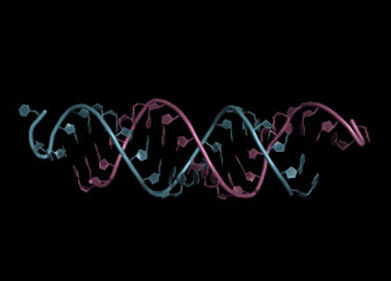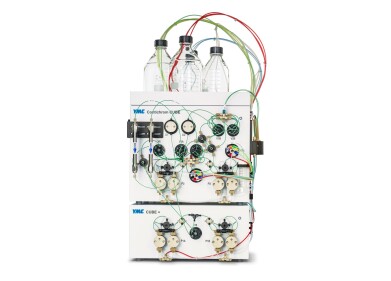Liquid Chromatography
How is Chromatography Contributing to "Smelly Art"?
May 31 2017
The meeting of art and science can be a tricky one — particularly if you have come through a traditional English education and at the age of 16 must basically choose whether to follow the arts, science or humanities as you pursue a place at university.
Arguably though, art and science have always collaborated. Who cannot admire the form of the periodic table, which looks as good as a painting? Or Damien Hirst using science to pickle a shark. James Watson said that the double helix structure of DNA he discovered with Francis Crick was so beautiful it had to be true. But now an artist is using chromatography to make art from smells.
Artist with new concepts
Art you can see — or even touch — is something we are all used to. But art you can smell — what’s that all about? Wired have recently profiled the conceptual artist Anicka Yi, a New York based artist who is mixing science and art. She is incorporating one of our most undervalued senses in her work — olfaction.
Smells are all around us and we generally don’t notice them. But that is not to say that smells don’t impact us subconsciously. Olfaction is behind many of the emotions that we feel. Think of the smell of a certain perfume reminding you of an old flame; or the smell of a Sunday roast that reminds you of the dinners your mum cooked for you.
Anicka Yi uses scents to create a reaction in the people viewing her art. As she states: “I create scents based on a narrative, whether it’s about capturing an elusive memory or trying to profile a human being.”
That smelly armpit reminds me of…
And for her latest exhibition, at the Guggenheim Museum in New York, she has captured the scent of an armpit — a meditation on identity. But how does she create the artworks? Well the process can be broken down into several steps:
- Collect the sweat and bacteria from subjects
- Separate the samples into their chemical components using chromatography
- Turn each compound into a scent using a perfumer
- Grow the bacteria using biologists to regulate the conditions
- Display the bacterial growths in vessels whilst wafting the scents through the room.
Chromatography is of course the ideal method to separate a mixture into its components — whether they are artificial or natural as discussed in the article, High Efficiency Post Column Derivatisations of Natural Products using Reaction Flow High Performance Liquid Chromatography. As Yi says: “I’ve always maintained that scientists and artists have a lot in common. There’s a lot of experimenting — and failure — involved.”
Would you display armpit sweat in your living room?
Digital Edition
Chromatography Today - Buyers' Guide 2022
October 2023
In This Edition Modern & Practical Applications - Accelerating ADC Development with Mass Spectrometry - Implementing High-Resolution Ion Mobility into Peptide Mapping Workflows Chromatogr...
View all digital editions
Events
Jan 20 2025 Amsterdam, Netherlands
Feb 03 2025 Dubai, UAE
Feb 05 2025 Guangzhou, China
Mar 01 2025 Boston, MA, USA
Mar 04 2025 Berlin, Germany












